For several years, the U.S. Department of Defense (DoD) has been calling for SATCOM flexibility and interoperability.
Indeed, in 2017, DoD tapped Hughes for a study to help assess the ideal hybrid SATCOM architecture and how diverse systems can work together. Hughes, based on experience with satellite networking for critical infrastructure operations, recommended that DoD pursue a SATCOM strategy that supports interoperability for wideband government applications to enhance communications infrastructure and reduce acquisition and operations costs.

Now, just three years later, DoD has the key to unlocking the resilient networking they need to deliver on their missions, regardless of service provider, equipment manufacturer and geography. What’s more, operators of critical infrastructure worldwide can now implement modern, resilient solutions.
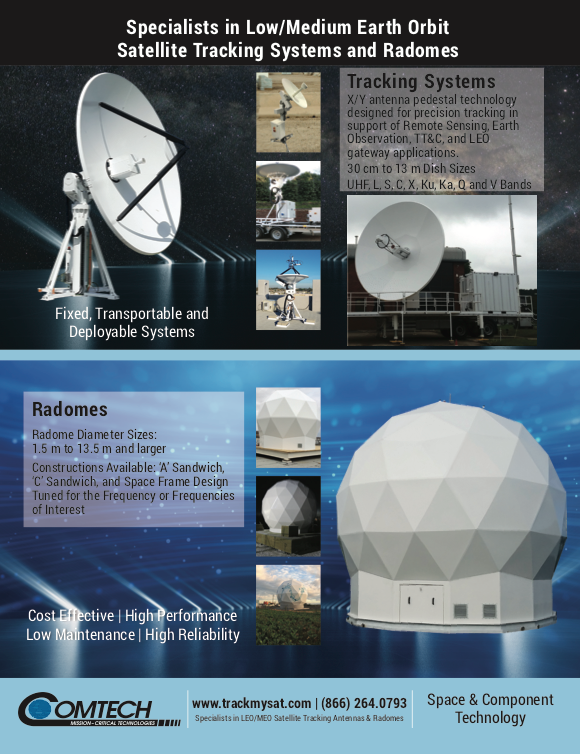
Introducing the Hughes Terminal Management Agent (TMA)
Hughes TMA makes networking resilient. Agnostic with regard to provider and manufacturer, TMA automates functions that used to require lengthy and often dangerous field visits. Based on DoD standards for modem and terminal interfaces, which Hughes helped design, TMA delivers the ultimate in SATCOM flexibility, ensuring resilient networking for land, aero and maritime communications.
Hughes Terminal Management Agent
Based on an Artificial Intelligence (AI) rules engine, the Terminal Management Agent (TMA) from Hughes is a ground-breaking, custom-developed software feature within a satellite terminal that interconnects seamlessly with various satellite modems, regardless of manufacturer or satellite system.
Powering the ultimate in SATCOM flexibility, TMA overrides stove-piped systems to enable user access to diverse platforms from a single terminal — ensuring the reliability and expediency that are essential for defense resilient networking.
Resiliency — Two Orders of Magnitude Improvement in Decision Making
TMA is a transformational software technology, inspired by the industry-leading commercial SD-WAN product from Hughes, and augmented with an AI rules-engine for flexible adaptation for defense needs. Instead of manual reconfigurations which can require hours and days of coordination, TMA can orchestrate within seconds and minutes.
TMA can command terminal modems and antennas automatically based on mission needs specified as executable policies that cover: spectrum priority, spectrum availability, waveforms, networks and operational environments.
With a small software footprint, TMA can be hosted on a terminal computer Virtual Machine (VM) or a small dongle. The software can send and receive RF, device, and cyber monitoring data to and from a management system and is compatible with modern, open enterprise management architectures.
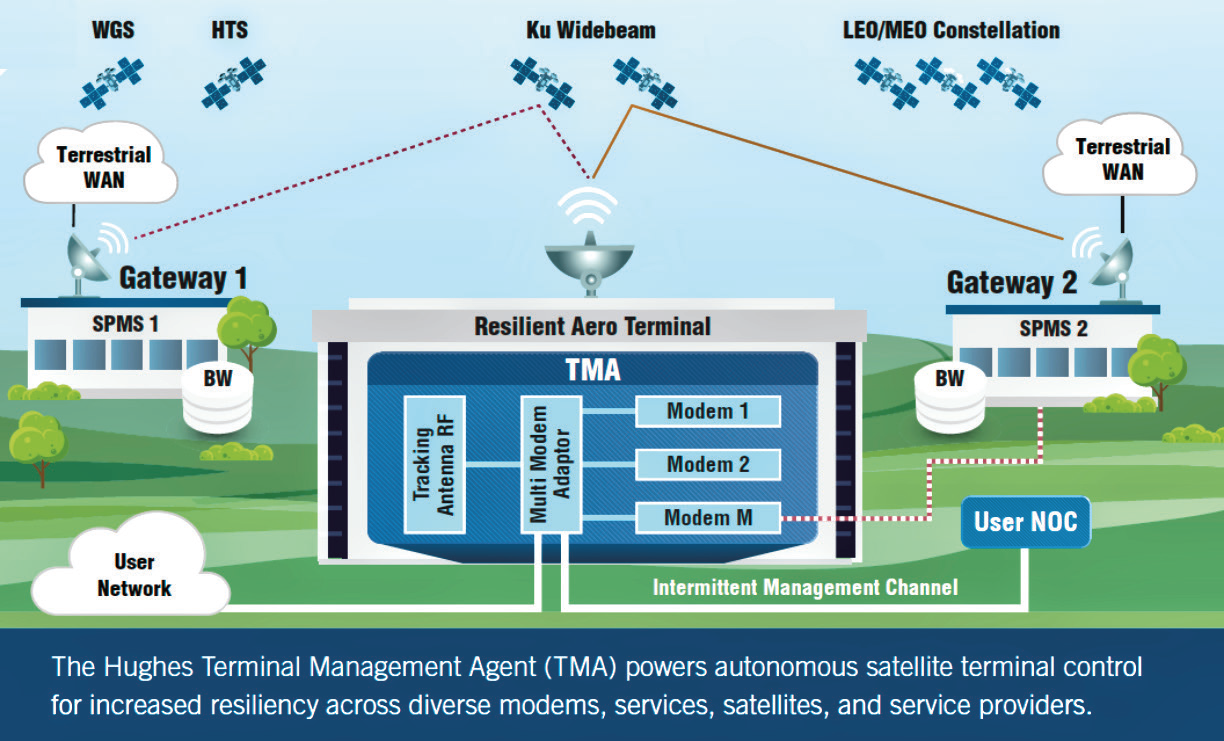
Management and Control — Compatible with Modern Enterprise Approach
TMA is fully compatible with modern enterprise management and control architectures and can interact with the GNOC over an intermittent channel. TMA autonomously orchestrates various resources, based on mission/service planning policies from the GNOC, to achieve service efficiency, priority and assurance objectives.
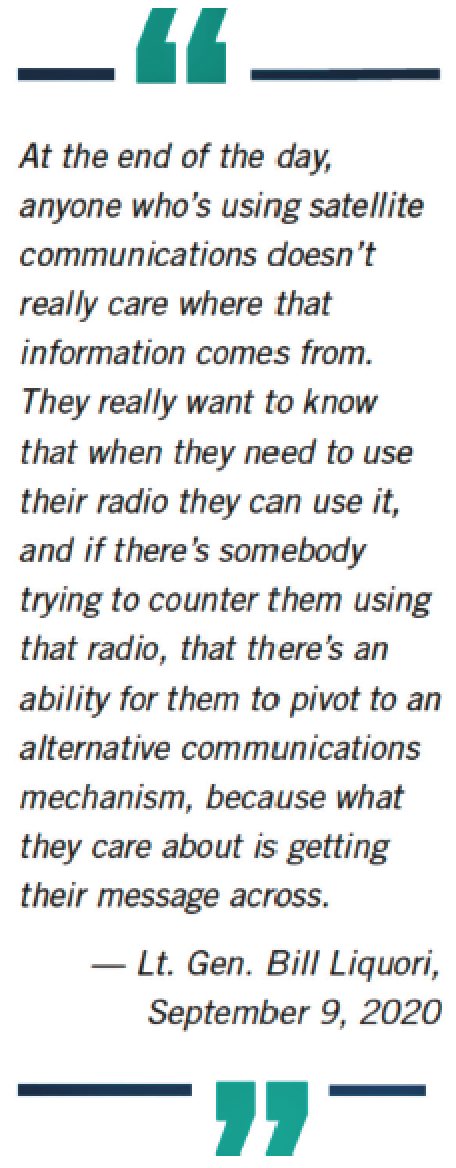
With local decision-making, TMA benefits from the GNOC’s global guidance in the use of specific satellites, service providers, and resource pools.
TMA also collects and provides useful situational awareness data for RF, equipment and cybersecurity for data analytics and machine learning for future policy refinement.
Cybersecurity — Plug-in Modules for IPS/IDS
TMA uses a Commercial-Off-The-Shelf (COTS) Intrusion Prevention/Intrusion Detection (IPS/IPD) software appliance that monitors traffic transported by each terminal modem via the common Layer 2/Layer 3 packet switch under TMA control.
The IPS/IDS software appliances provide packet-level policing, filtering, and control in both directions (from and to the user network) under guidance from Global Network Operations Center (GNOC)-based policies.

Anti-Jamming — Rapid Switchovers
With threats to critical communications networks on the rise around the world, TMA adapts to evolving landscapes and brings security measures to the network edge for both monitoring and rapid orchestration.
TMA fortifies terminals against localized jamming by enabling automated and rapid switching among different modems, satellites, and services.
Situational Awareness — Data for Machine Learning and Data Analytics
TMA monitors various terminal components, collects data and forwards it to the GNOC for global optimization based on data mining and analytics, including:
• Health monitoring of various terminal components and functions
• Signal and noise measurements to assess purposeful and accidental RF interference
• User traffic data rates, packet loss and delays
• Cybersecurity incidents and malware activities
How a rules-engine monitors terminal state and uses rules in decision making:
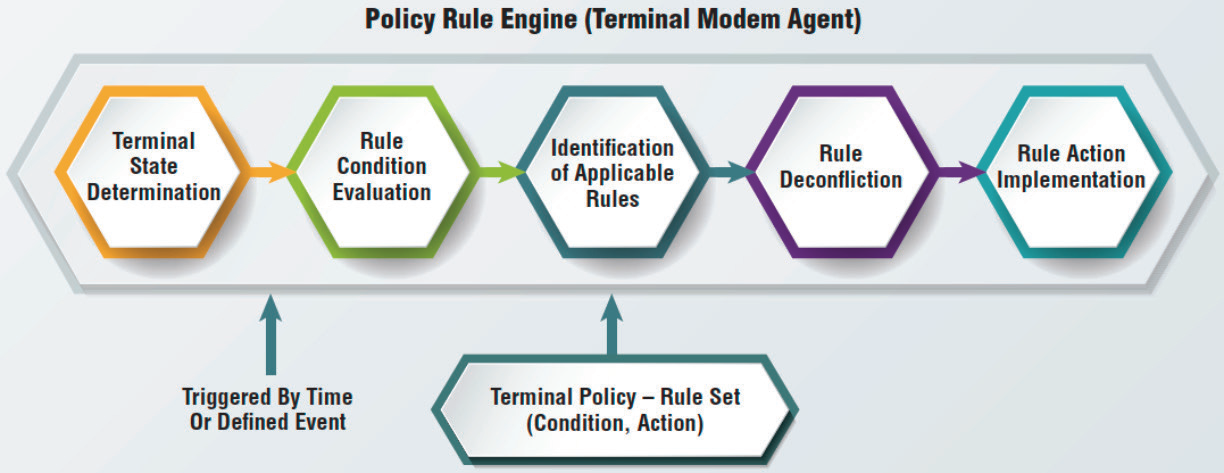
Bandwidth and Cost — Benefit from HTS Satellites
TMA allows critical application domains to leverage highly cost-effective High-Throughput Satellite (HTS) services which can coexist (with the use of an HTS modem providing managed service in a TMA-equipped terminal) with other mission specific modems and service providers.
Terminal Modernization — Highest Returns with Simple Software Upgrade
The military typically uses different types of terminals for aeronautical, land, and marine applications. Equipped with auto-pointing — and, often, auto-tracking — antennas, these terminals can be modernized easily and cost-effectively with TMA to roam automatically across multiple service providers, by using their respective modems—and leveraging HTS services.
Some examples of these rules include:
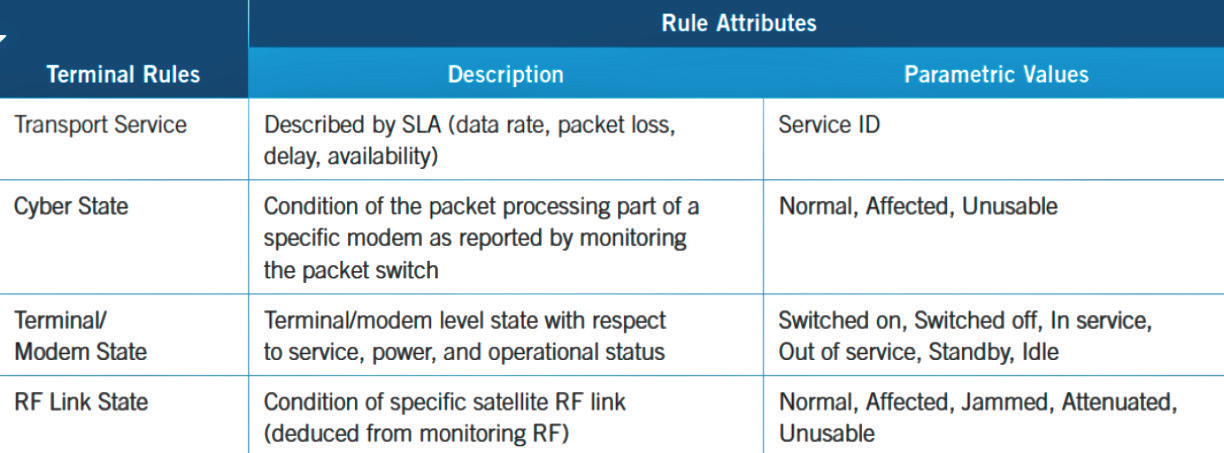
AI Rules Engine – Autonomous Decision Making at Edge
Using an AI rules engine, TMA provides autonomous decisions based on performance, cybersecurity and fault data from terminal components and surrounding conditions.
Covering areas such as terminal state determination, cybersecurity-related sensing, jamming assessment, satellite handover, and modem handover, executable rules formulate knowledge and parametric reasoning that traditionally field engineers have used for any terminal reconfiguration.
To continuously refine the rules, the GNOC processes situational awareness data from the TMA, using pattern recognition, data analytics, and machine learning techniques. The TMA can execute these rules even with an intermittent terminal management channel (either in- band or out of band).

TMA will be enhanced to control multiple antennas for concurrent use across services in order to manage load-balancing and traffic prioritization objectives and support Non-Geostationary Satellite Orbits (NGSO), including both Medium Earth Orbit (MEO) and Low Earth Orbit (LEO) constellations.
A fully digital design with Field Processing Gate Arrays (FPGA) will support multiple modem waveforms with reduced Size, Weight and Power (SWaP). The Hughes Terminal Management Agent is ready today for aero and terrestrial applications.
government.hughes.com/solutions/network-management
The author of this Tech Focus feature is Rick Lober, the Vice President and General Manager of the Defense and Intelligence Systems Division at Hughes Network Systems,LLC. He can be reached at www.linkedin.com/in/ricklober/?_l=en_US.
Rick leads the company’s Defense and Intelligence System Division (DISD) in serving U.S. and allied defense and intelligence organizations worldwide with advanced SATCOM solutions, including fixed VSAT and Mobilesat systems, network management, ground and airborne communications on the move and classified programs.
Under his leadership, the Defense team has won programs such as: SATCOM for the General Atomics Predator UAV; mission management for the U.S. Air Force Space and Missile Command’s Protected Tactical Enterprise Systems (PTES) and Enterprise Management and Control (EMC) program; the application of Artificial Intelligence (AI) and Machine Learning (ML) techniques for the U.S. Army’s Narrowband SATCOM Network; and specialized terminal development for the U.S. Special Operations Command (SOCOM).

From his early days as a design engineer, Mr. Lober brings more than 25 years of experience with COTS and full MIL communications and intelligence programs.
Having earned a Bachelor’s Degree and Master of Science Degree in Electrical Engineering from the University of Illinois, Urbana, Mr. Lober is a member of Eta Kappa Nu, Tau Beta Pi, TEC, IEEE, AFCEA, AUSA, AAAA, AUVSi and the Society of Satellite Professionals International (SSPI) and holds a patent on cellular communications for emergency response.

